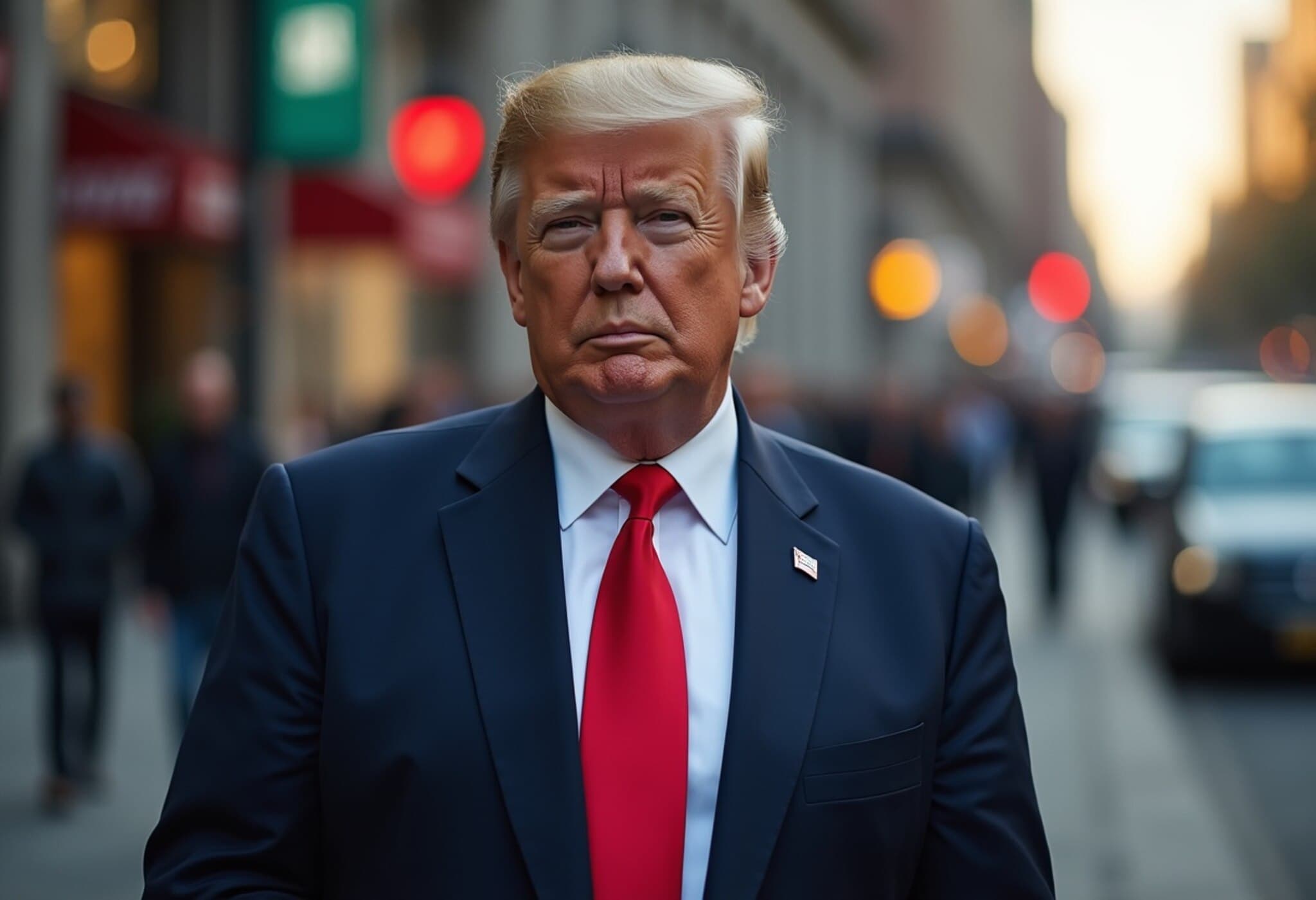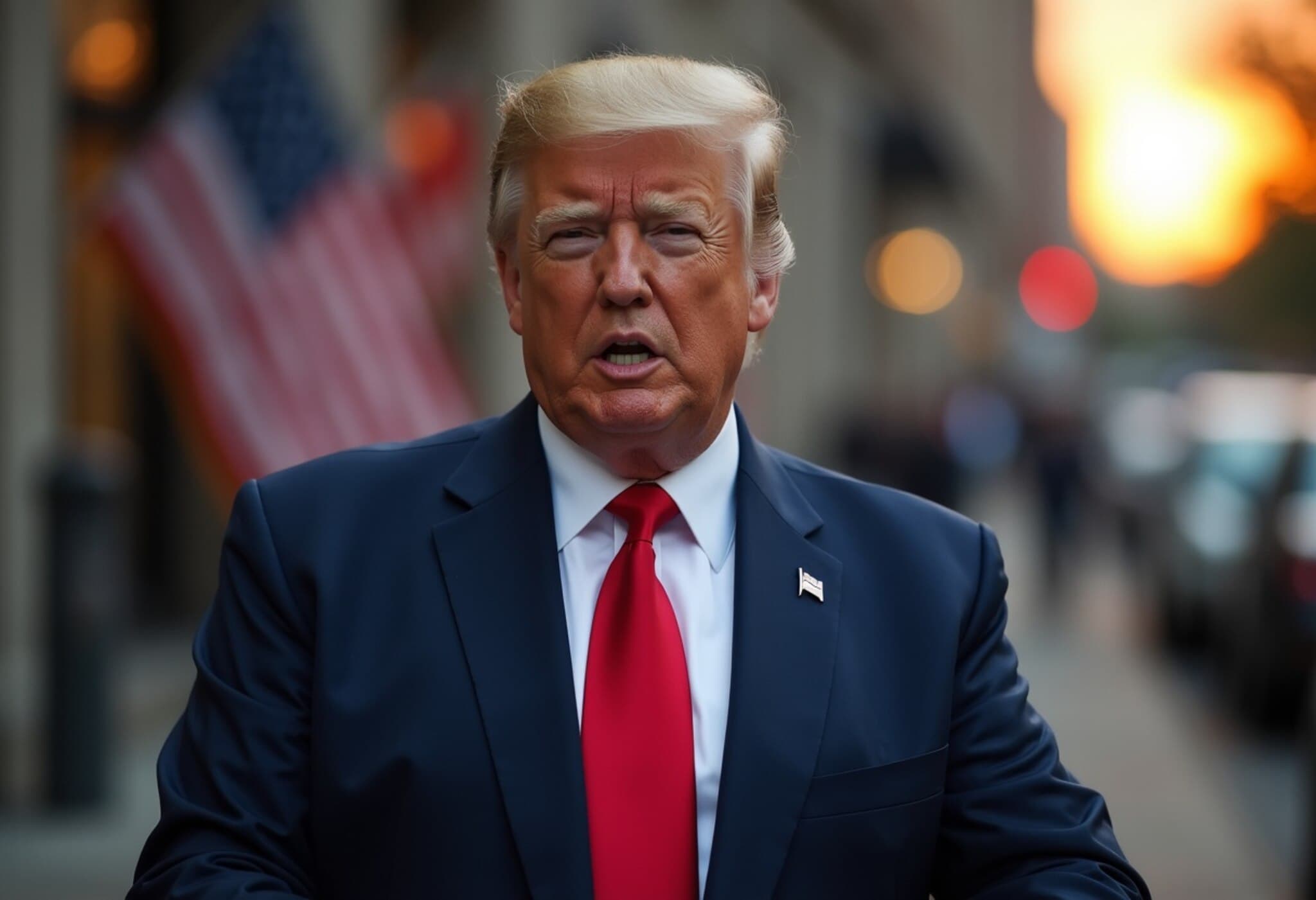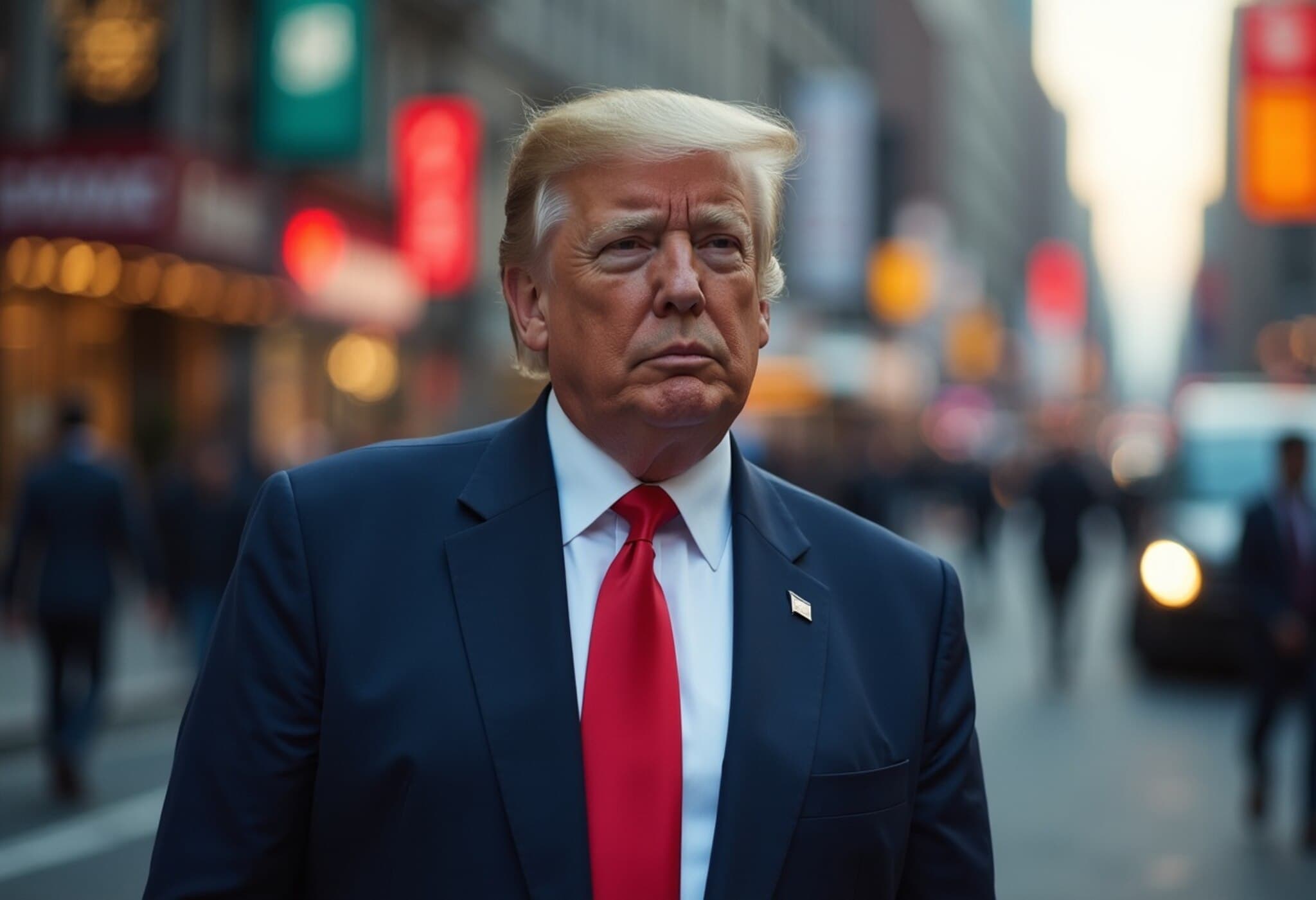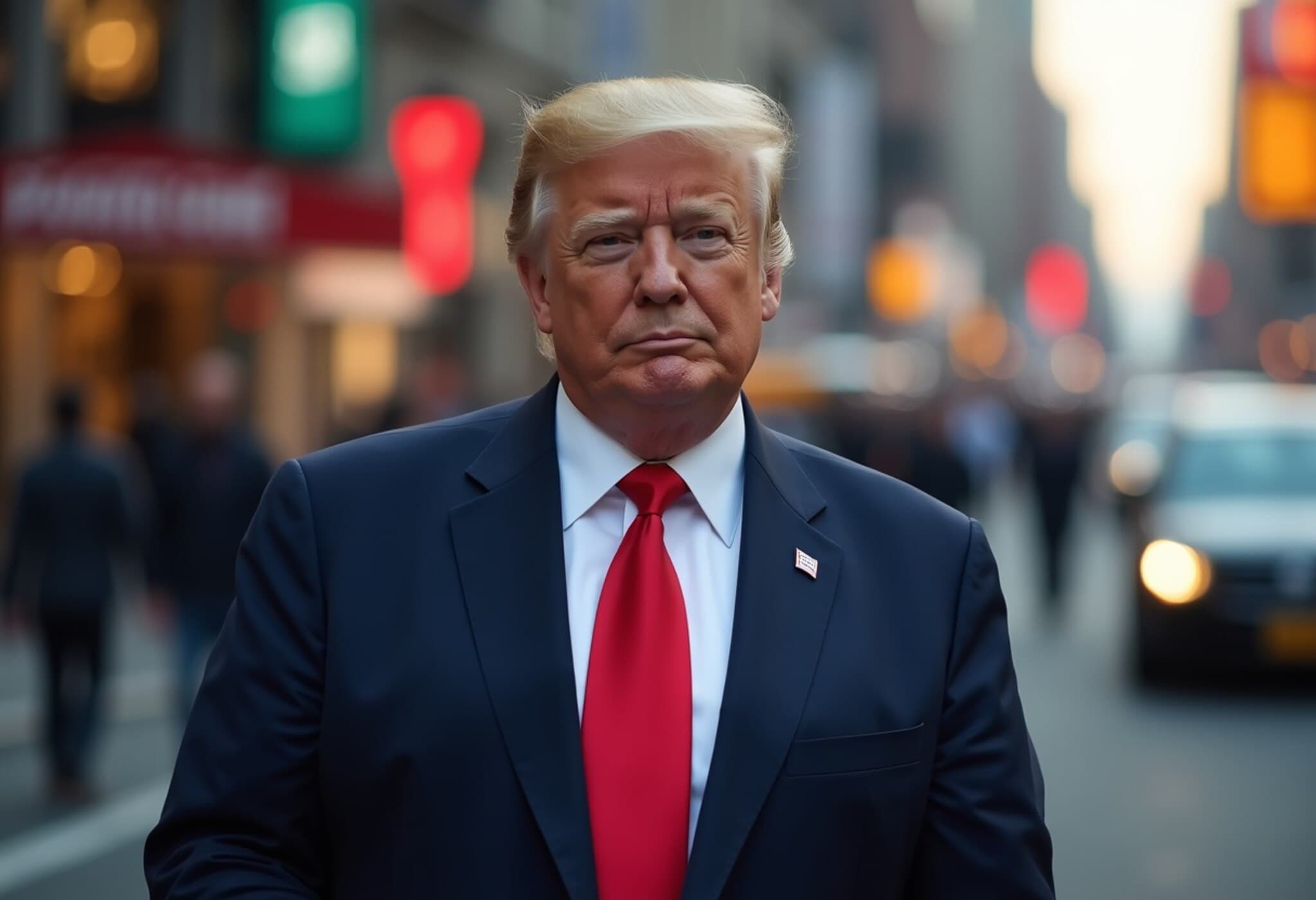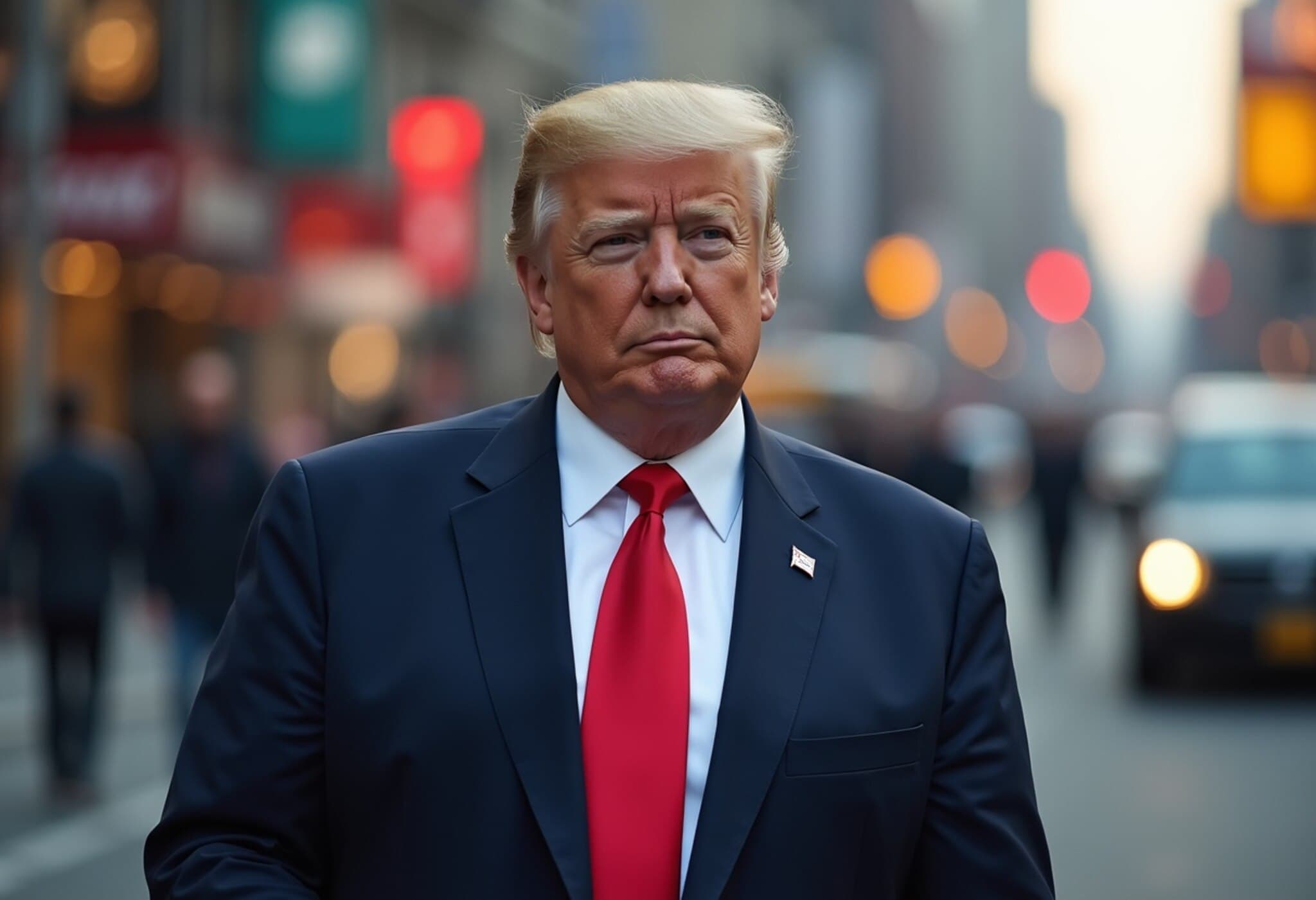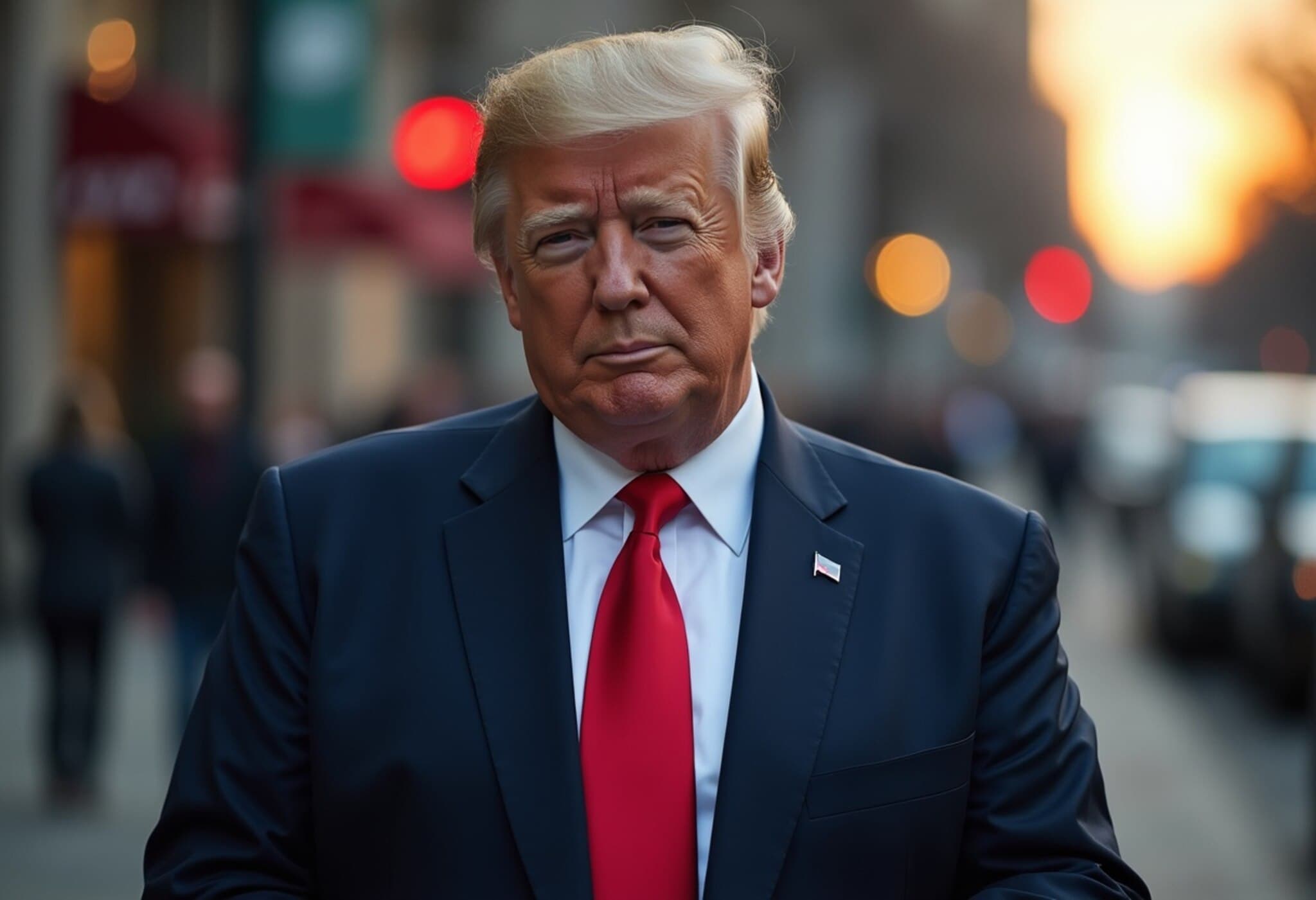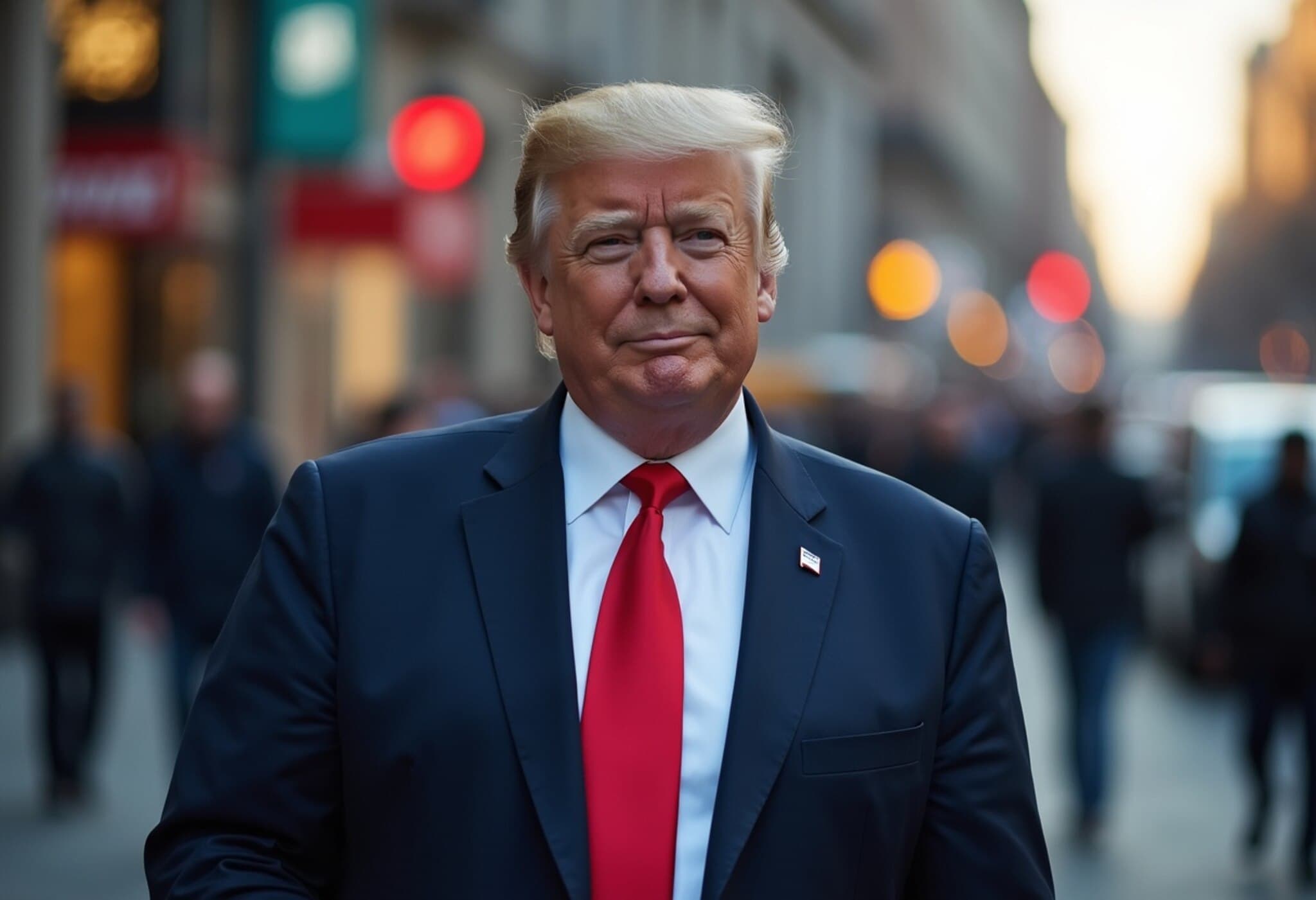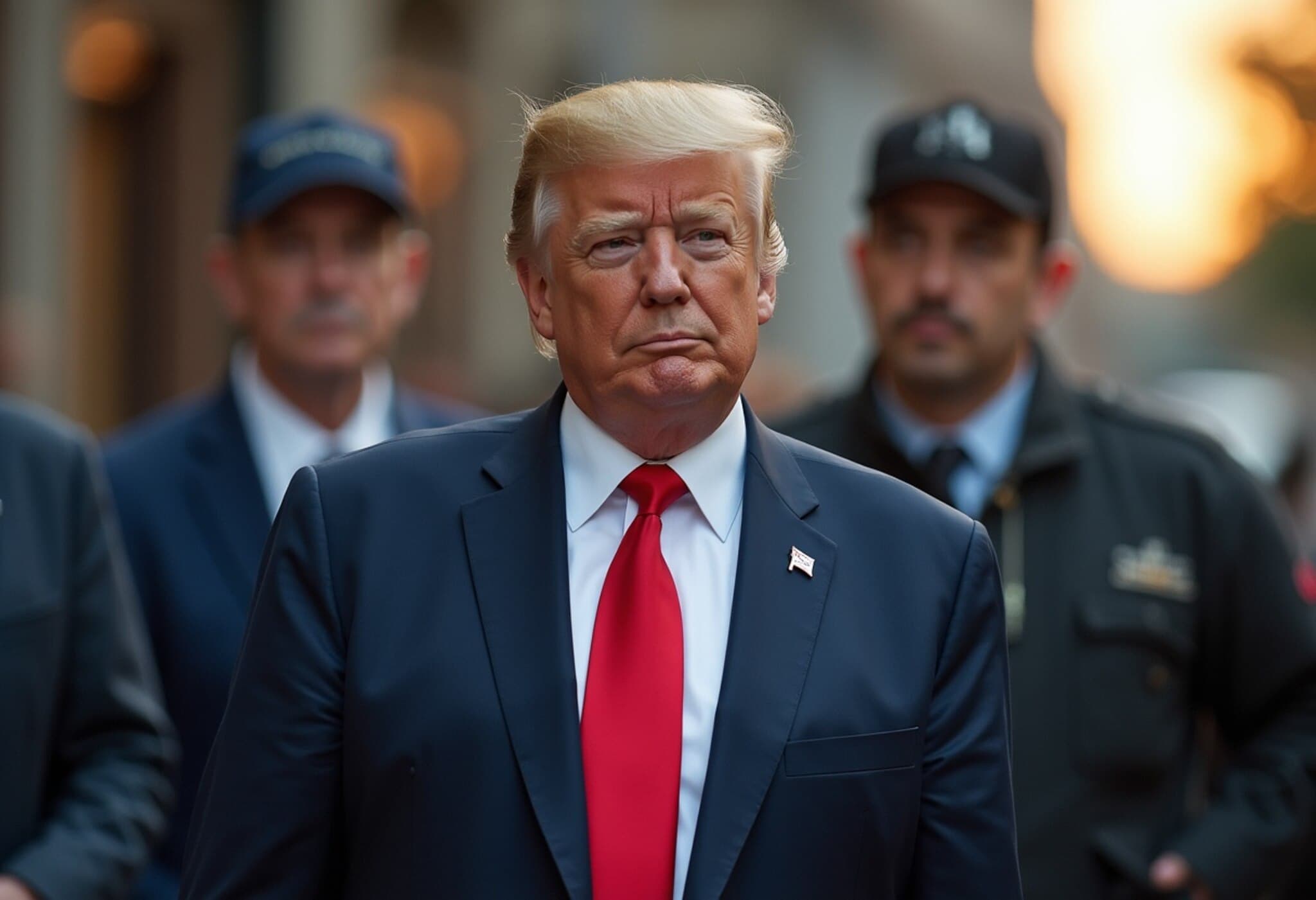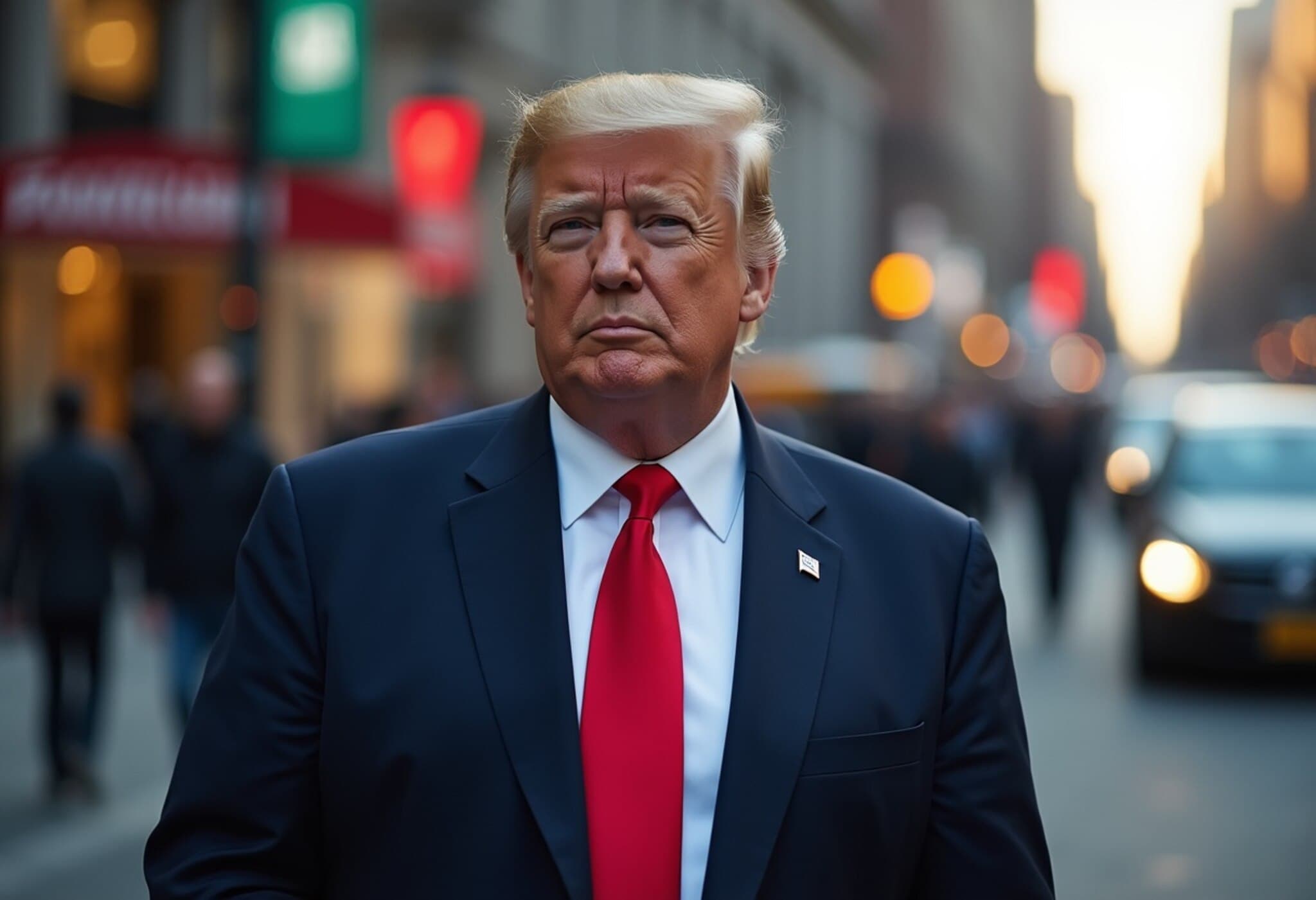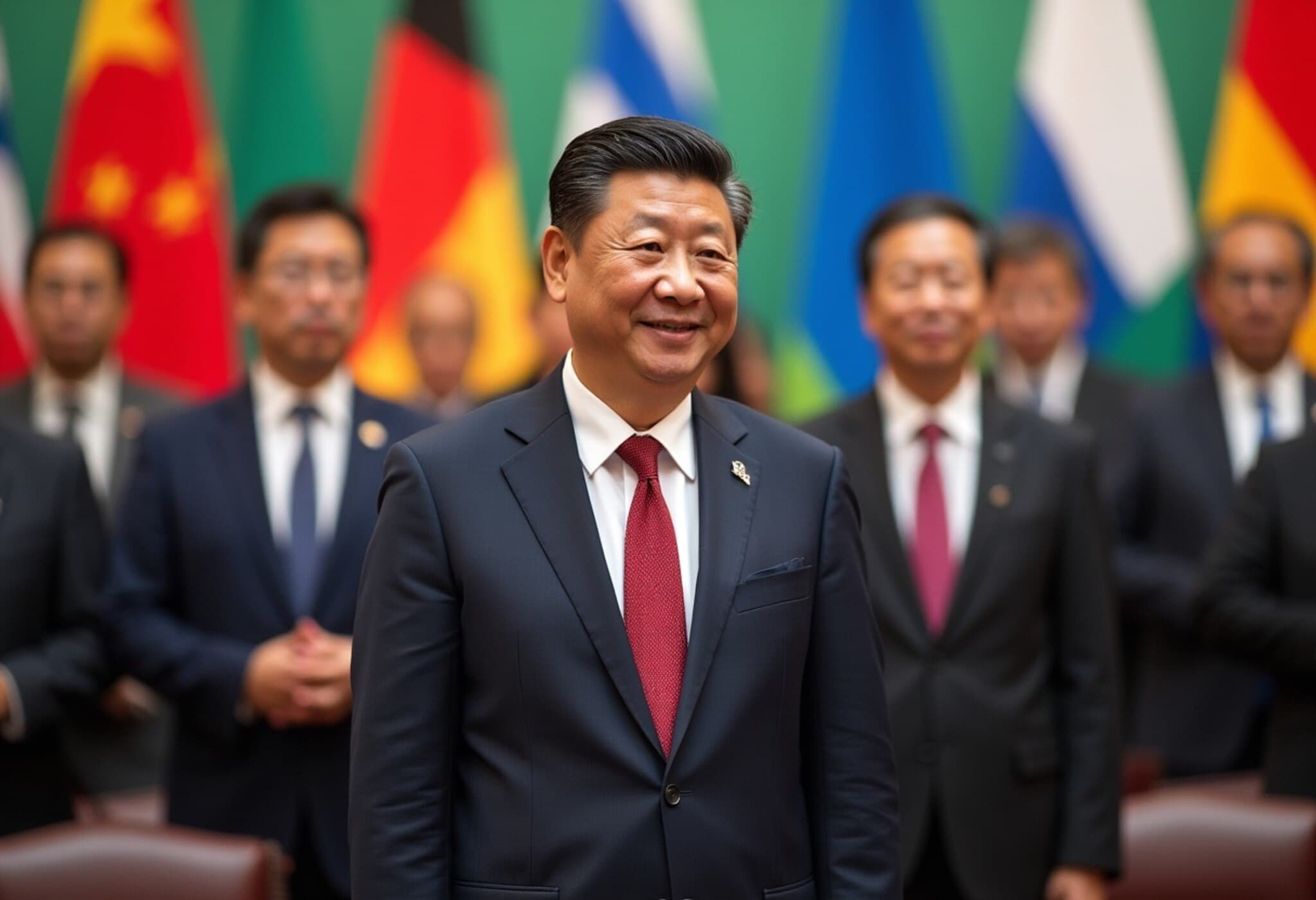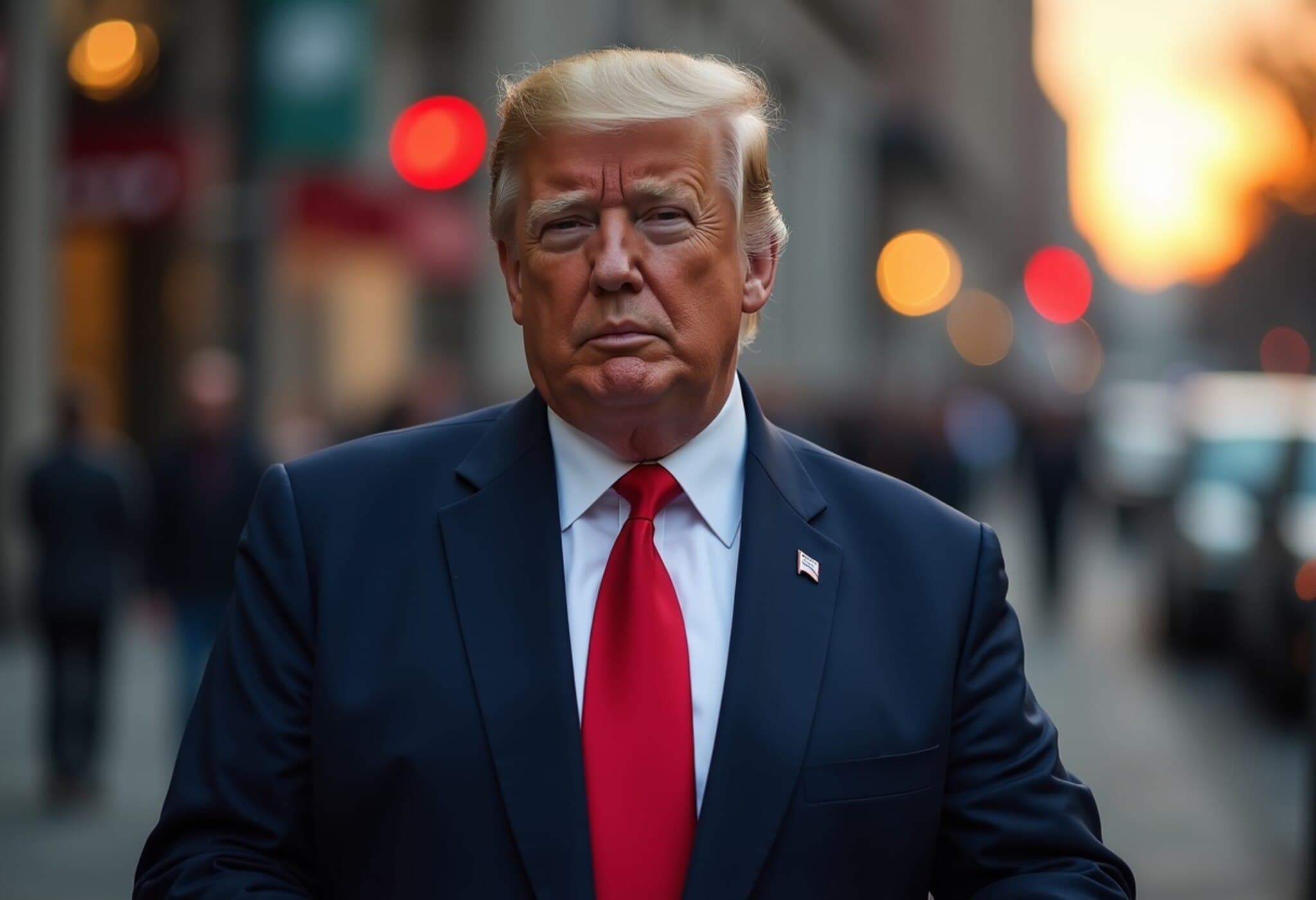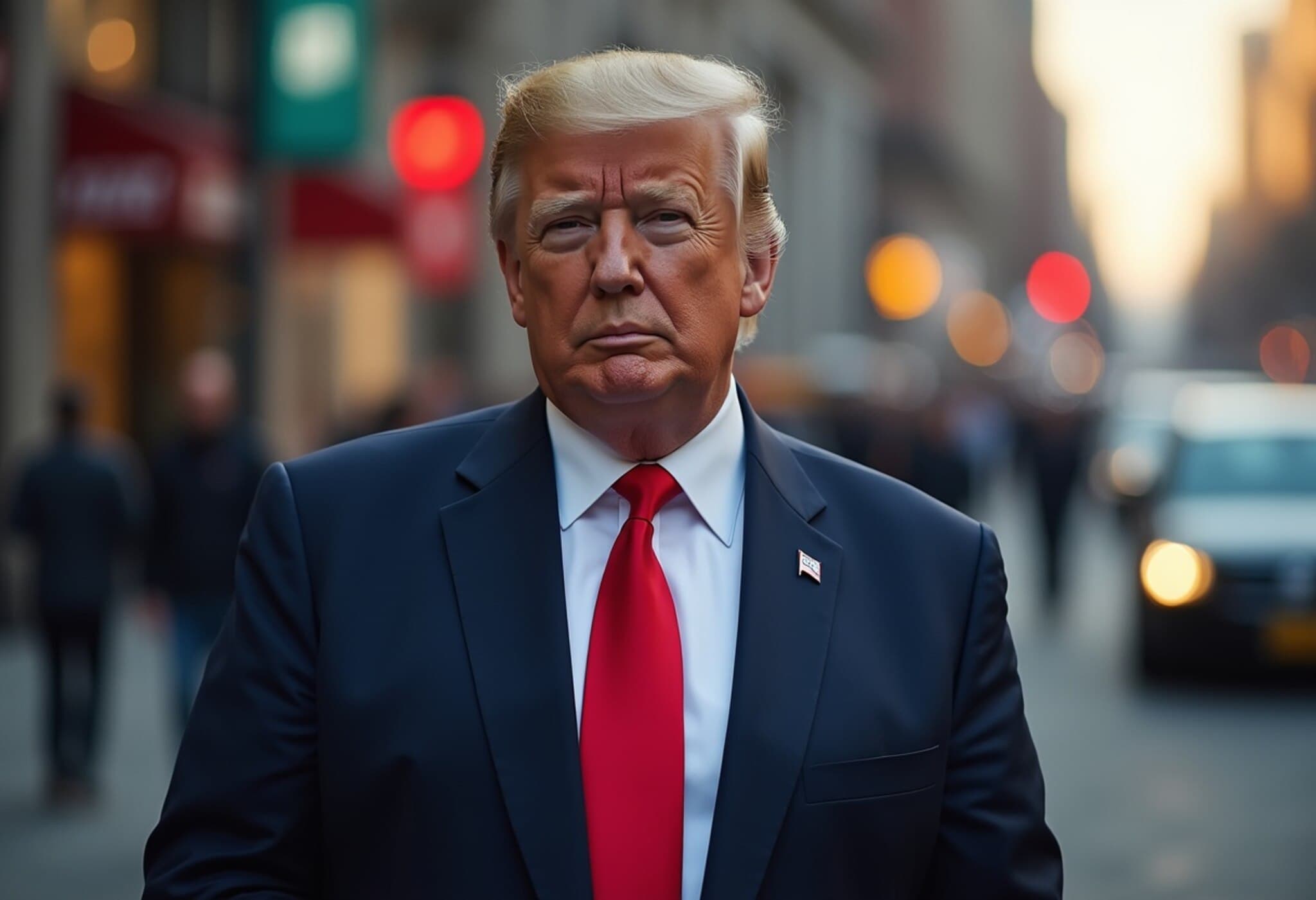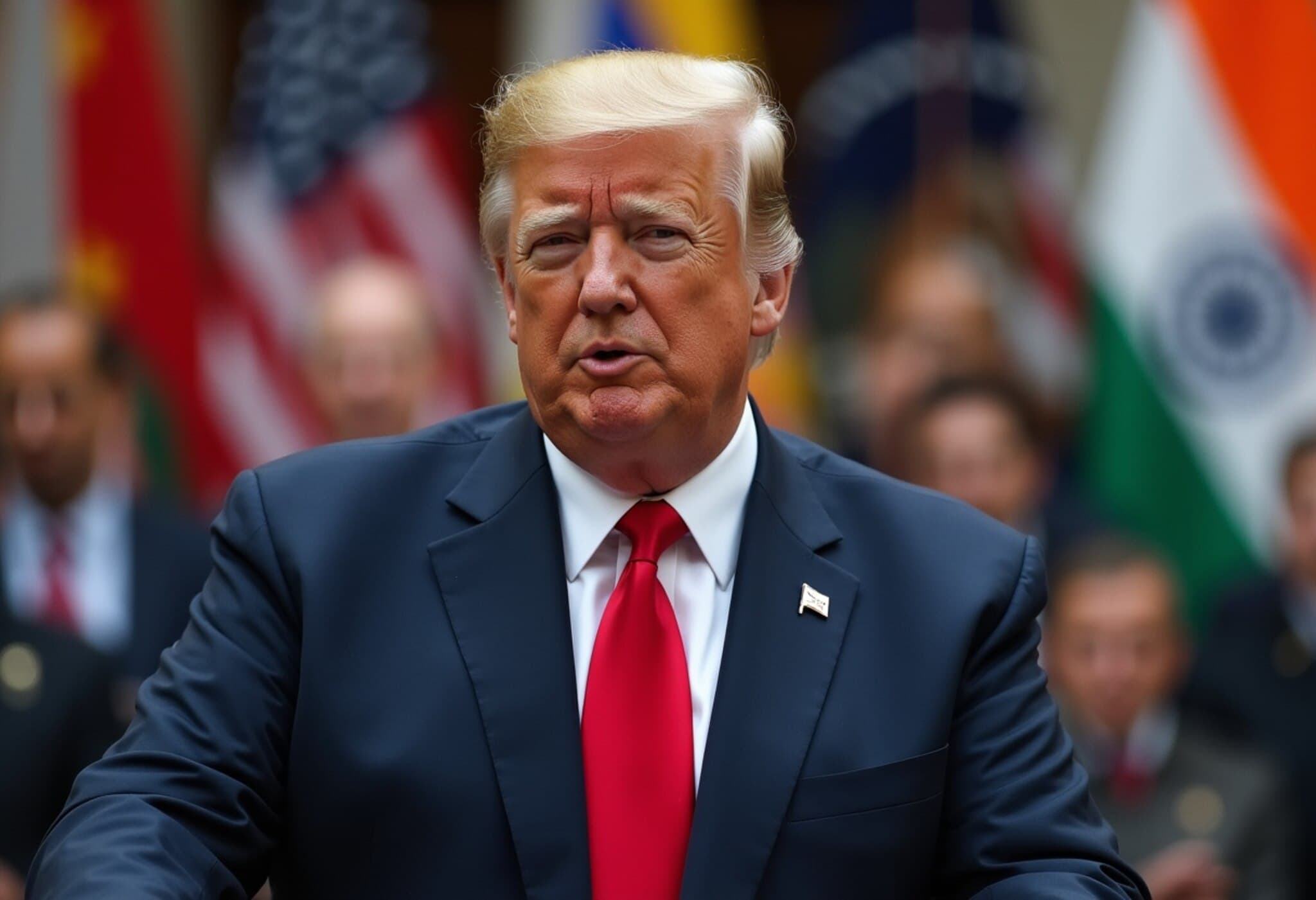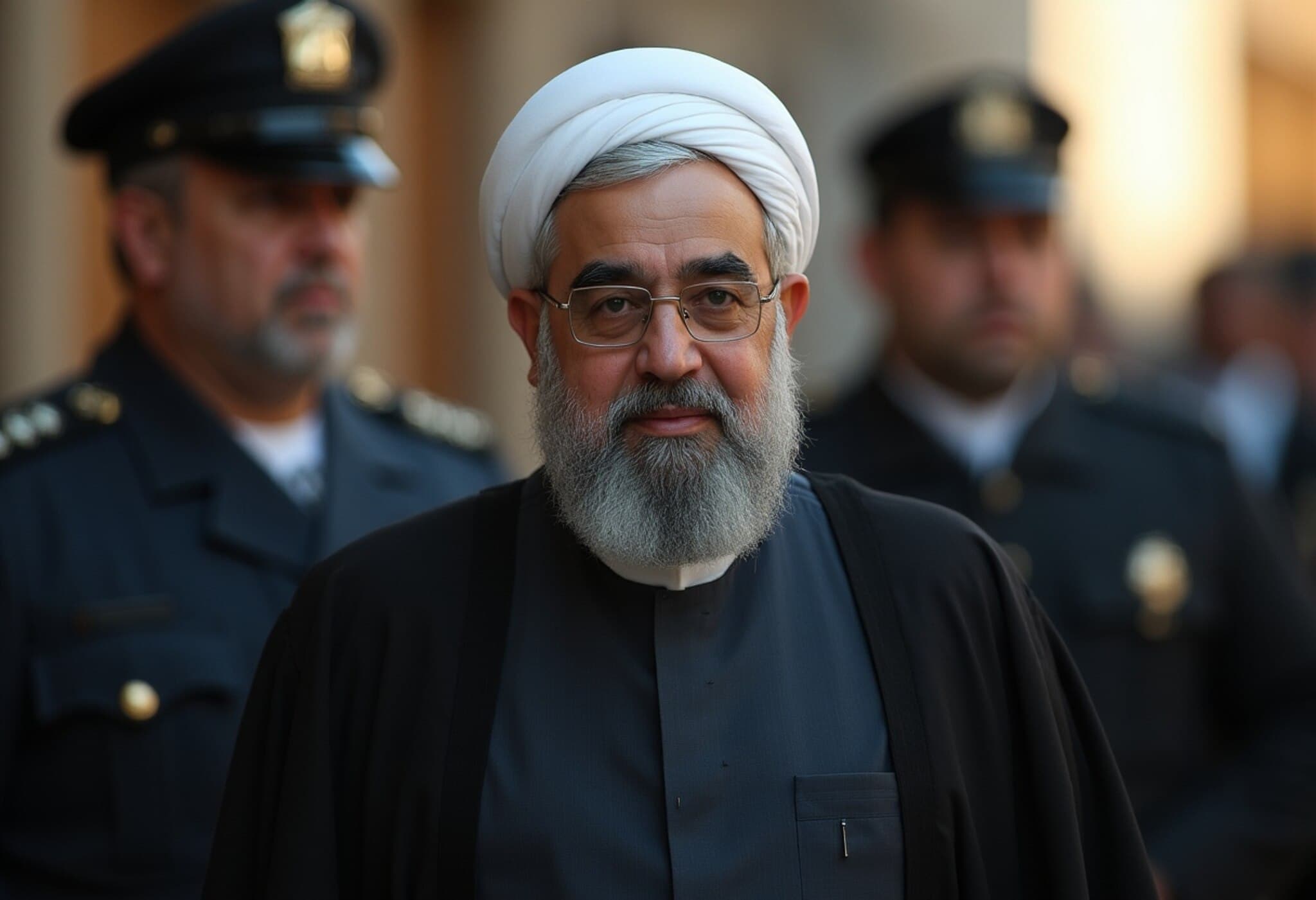Trump Escalates Trade War with New 30% Tariffs on EU and Mexico
In a significant move marking a fresh escalation in global trade tensions, US President Donald Trump has announced that starting August 1, all goods imported from the European Union and Mexico will be subject to 30% tariffs. This decision, publicly shared via his social media platform Truth Social, intensifies a series of trade actions aimed at addressing what the administration describes as persistent imbalances and unfair trade practices.
Background and Context: Building Tensions on Trade Deficits
Trump’s announcement follows months of strained negotiations with the EU, moving beyond the initial 10% baseline tariff imposed on imports earlier this year. The administration initially considered tariffs as high as 50% on select countries but paused implementation amid volatility in global markets. However, with the lapse of a 90-day grace period, new, more stringent tariffs are now being implemented, targeting America’s largest trading partners.
In a letter addressed to EU officials, Trump stated:
“We have had years to discuss our Trading Relationship with The European Union, and we have concluded we must move away from these long-term, large, and persistent Trade Deficits, engendered by your Tariff, and Non-Tariff, Policies, and Trade Barriers.”
This language underscores the administration’s longstanding grievance regarding what it considers an unequal, unreciprocated trade environment that undermines US economic interests.
Trade Relations with Mexico: Mixed Praise and Sharp Warning
While the letter to Mexico’s president acknowledges Mexico’s efforts in battling illegal migration and curbing fentanyl trafficking, Trump cautions that these measures fall short of expectations. He warned that North America risks becoming a “narco-trafficking playground” if stronger action is not taken, signaling that tariffs are part of a broader strategy to address security alongside economic concerns.
Expanding Tariff Campaign and Global Repercussions
The US is not limiting its new tariff policy to the EU and Mexico. Over 20 letters have been sent by the administration to multiple nations, including Japan, South Korea, Canada, and Brazil, warning that unless new bilateral trade agreements are reached by August 1, steep tariffs will follow. A notable development includes a recent 50% tariff on copper, signaling a tightening grip on strategic raw materials.
Trade Deals So Far: Limited Progress Amid High Stakes
Despite the rhetoric, actual finalized trade agreements have been sparse. The US recently signed two deals:
- A May agreement with the UK setting a 10% tariff on most British goods but exempting steel and aluminum.
- A tentative arrangement with Vietnam imposing a 20% tariff on many exports, though details remain undisclosed.
US Treasury Secretary Scott Bessent expressed optimism about more deals being announced soon, yet as of now, these remain the only publicly confirmed agreements.
Expert Insight: The Bigger Picture for US-EU and NAFTA Economies
From a policy analyst’s viewpoint, this tariff escalation reflects America's strategic pivot toward protecting domestic industries and recalibrating longstanding trade frameworks. For the EU and Mexico, these tariffs threaten to disrupt complex supply chains and raise production costs, potentially slowing economic growth. American consumers may also face higher prices as tariffs are typically passed down the line.
Furthermore, this approach illustrates the balancing act between economic policy and diplomatic relations, especially as the US grapples with domestic pressures to ‘put American jobs first.’ However, heightened tariffs risk retaliatory measures from key partners, potentially triggering a trade war that could unsettle global markets.
Underreported Angle: The Human Cost and Small Business Impact
While headlines focus on macroeconomic data and high-profile industries, the consequences on smaller businesses and workers are less visible. Increased tariffs can strain small importers reliant on EU and Mexican goods, squeezing margins and forcing tough decisions, including layoffs or price hikes for consumers. These ripple effects warrant closer examination as policymakers weigh the benefits versus long-term costs.
Looking Ahead: What to Expect
With enforcement set for August 1, stakeholders on both sides of the Atlantic and the US-Mexico border are bracing for a turbulent period in trade relations. Negotiations will likely be intense as governments seek to de-escalate tensions while safeguarding national interests.
Tracking the unfolding developments will be essential, as these tariffs not only affect bilateral trade but also signal broader trends in global protectionism and economic nationalism.
Editor's Note
This latest tariff surge crystallizes the challenges of modern trade diplomacy — how to protect domestic economic interests without sparking damaging retaliation? It compels us to ask: What are the tangible costs to ordinary citizens and businesses caught in the crossfire? And can these trade tensions be diffused through constructive dialogue before significant economic damage is done? As August 1 approaches, eyes worldwide will be fixated on these unfolding decisions that will shape global commerce for years to come.

